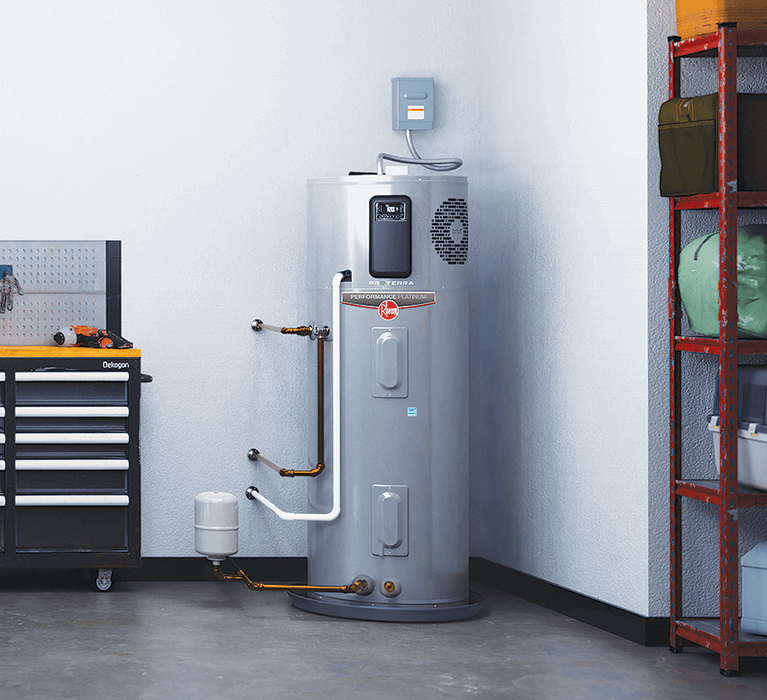Best Practices for Caring for Your Home's Hot Water System
Further DetailsWhat are your thoughts with regards to How to Maintain Your Water Heater & Prolong its Life?

Warm water is important for daily convenience, whether it's for a rejuvenating shower or washing recipes. To guarantee your hot water system runs successfully and lasts longer, normal maintenance is crucial. This short article provides functional suggestions and understandings on just how to preserve your home's hot water system to stay clear of interruptions and costly fixings.
Introduction
Maintaining your home's warm water system might appear challenging, yet with a few straightforward actions, you can ensure it runs smoothly for several years to come. This overview covers everything from comprehending your hot water system to do it yourself maintenance pointers and knowing when to call professional aid.
Importance of Maintaining Your Warm Water System
Normal maintenance not just expands the life expectancy of your warm water system but additionally ensures it runs successfully. Overlooking upkeep can lead to reduced efficiency, greater power bills, and even early failing of the system.
Signs Your Hot Water System Demands Maintenance
Understanding when your hot water system needs focus can prevent significant problems. Look out for indicators such as irregular water temperature, odd sounds from the heater, or rusty water.
Comprehending Your Warm Water System
Before diving into upkeep jobs, it's valuable to recognize the basic parts of your hot water system. Usually, this consists of the water heater itself, pipes, anode rods, and temperature level controls.
Month-to-month Maintenance Tasks
Routine regular monthly checks can aid capture minor problems prior to they rise.
Flushing the Water Heater
Purging your hot water heater removes debris build-up, enhancing effectiveness and lengthening its life.
Checking and Replacing Anode Rods
Anode poles avoid rust inside the tank. Checking and changing them when worn is crucial.
Inspecting and Adjusting Temperature Setups
Changing the temperature setups makes certain optimal efficiency and safety.
DIY Tips for Upkeep
You can perform a number of maintenance tasks yourself to maintain your warm water system in leading problem.
Checking for Leaks
Frequently check pipes and connections for leaks, as these can cause water damages and greater costs.
Testing Pressure Relief Valves
Evaluating the pressure relief valve ensures it functions correctly and prevents excessive stress build-up.
Protecting Pipes
Shielding hot water pipes lowers warmth loss and can save energy.
When to Call a Specialist
While do it yourself upkeep is helpful, some issues require specialist experience.
Complicated Issues Needing Professional Help
Instances consist of major leakages, electrical troubles, or if your water heater is continually underperforming.
Regular Professional Upkeep Advantages
Specialist maintenance can consist of complete examinations, tune-ups, and making sure compliance with security standards.
Verdict
Routine maintenance of your home's hot water system is important for efficiency, long life, and cost financial savings. By following these pointers and understanding when to seek professional assistance, you can ensure a trusted supply of hot water without unanticipated disruptions.
How to Maintain an Instant Hot Water Heater
Before tinkering with your hot water heater, make sure that it’s not powered on. You also have to turn off the main circuit breaker and shut off the main gas line to prevent accidents. Also turn off the water valves connected to your unit to prevent water from flowing into and out of the appliance. 2. When you’re done, you have to detach the purge valves’ caps. These look like the letter “T†and are situated on either side of the water valves. Doing so will release any pressure that has accumulated inside the valves while at the same time avoid hot water from shooting out and burning your skin. 3. When the purge valves’ caps are removed, you have to connect your hosing lines to the valves. Your unit should have come with three hoses but if it didn’t, you can purchase these things from any hardware or home repair shops. You can also get them from retail stores that sell water heating systems. Read the user’s manual and follow it to complete this task properly. When the hosing lines are connected, open the purge port’s valves. 4. You should never use harsh chemical cleaners or solutions when cleaning your unit. Make use of white vinegar instead. It should be undiluted and you’ll probably use about 2 gallons. 5. Now flush your water heater. This task should probably take about 40 minutes. We can’t give you specific directions for this because the procedure is carried out depending on the type, model and brand of your heater. With that being said, refer to the user’s manual. 6. When you’re done draining the unit, you have to turn off the purge port valves again. Remove the hosing lines that you earlier installed on each of the water valves. Put the valve caps (purge port) back in their respective places and be very careful so as not to damage the rubber discs that are found inside these caps. 7. Now that everything’s back in place, check your user’s manual again to find out how to reactivate your water heating system. 8. Once it is working, turn one of your hot water faucets on just to let air pass through the heater’s water supply pipes. Leave the tap on until water flows smoothly out of it. https://www.orrplumbing.com/blog/2014/september/how-to-maintain-an-instant-hot-water-heater/

I discovered that piece on How to Maintain Your Water Heater & Prolong its Life when doing a lookup on the web. Are you aware of another person who is occupied with the subject? Take a moment to share it. We treasure reading our article about How to Maintain a Hot Water Heater in a Few Simple Steps.
Call Today